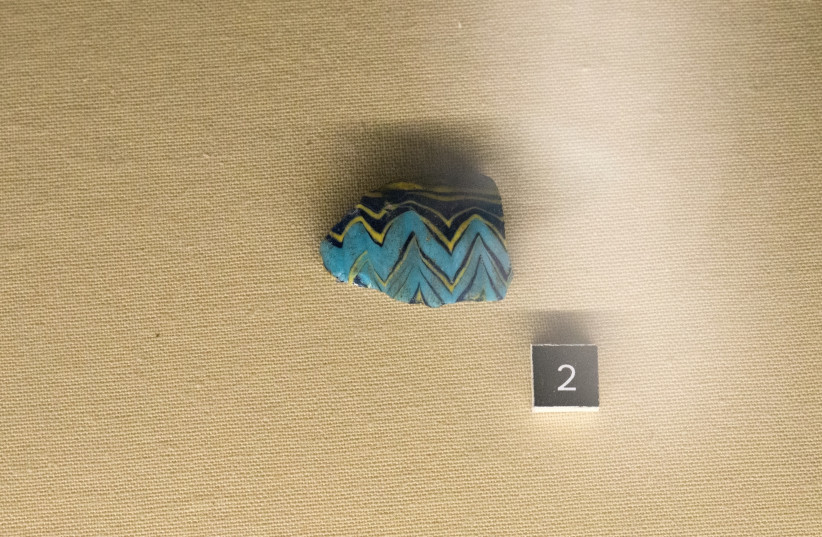After two decades of meticulous above-ground surveys, archaeologists have finally embarked on an extensive excavation of the renowned Iron Age site of Němčice, uncovering compelling evidence of the earliest glass workshop located north of the Alps.
Němčice, a historically significant settlement site from the La Tène Period (3rd-2nd century BCE) in Central Europe, has long been celebrated for its exceptional trove of over 2,000 gold and silver coins.
Additionally, the discovery of numerous glass bracelets and beads hinted at the site's association with glass production. However, it is only through these recent excavations that this speculation has been conclusively confirmed.
Leading the research team is Dr. Ivan Čižmář from the Institute of Archaeological Heritage Brno, who expressed their fascination with understanding the Celts' glass-making techniques.
"No one yet knows how exactly the Celts made glass bracelets," he remarked, emphasizing the need to shed light on the technology of production.

In their endeavor to answer this long-standing question, Dr. Čižmář and the team focused on excavating an area where substantial amounts of glass objects were previously found on the surface. Their findings have been published in the journal Antiquity.
Excavation yielded an array of both complete, partially finished glass products
Although specific glass-making tools remained elusive, the excavation yielded an array of both complete and partially finished glass products, providing compelling evidence that Němčice was indeed a hub for glass production.
The excavation unearthed not only glass beads and bracelets but also fragments of amber, revealing the complex's association with multiple materials in the production process.
This discovery further underscores Němčice's regional significance as a center for craftsmanship and trade.
Simultaneously, the researchers explored a square area within Němčice, identified through a geophysical survey as the highest part of the site.
The similarities it shares with potential ritual structures found in Austria suggest the presence of shared beliefs among Central European communities.
Dr. Čižmář elaborated, "The presence of these likely sacred features at Němčice indicates the character of the site not only as a trade and production center but also as a seat of an elite and a ritual center."
Moreover, the possibility of Němčice serving as both a production center and a focal point for shared beliefs suggests its integration into a broader Central European network along the famed "Amber Road."
This ancient trade route facilitated significant commerce between Northern and Southern Europe, highlighting the site's pivotal role in regional connectivity during ancient times.
